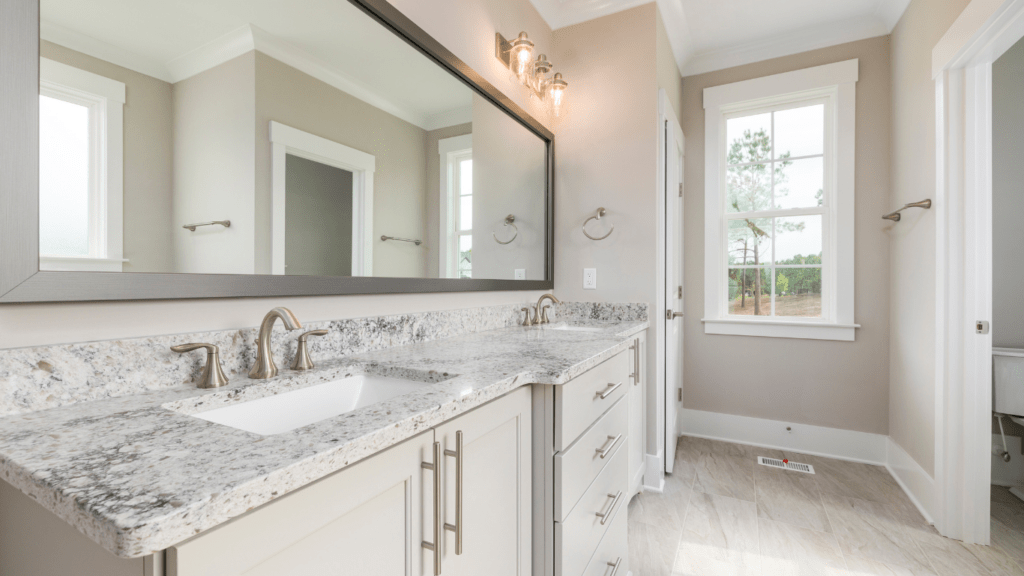In the realm of architecture and interior design, sustainability is no longer just a buzzword; it’s a way of life. When it comes to creating eco-friendly villas, incorporating sustainable design trends is not only a choice but a responsibility.
As an expert in the field, I’ve witnessed a significant shift towards environmentally conscious practices in villa construction and renovation. From passive solar design to green roofs and recycled materials, the landscape of eco-friendly villa design is evolving rapidly.
In this article, I’ll delve into the latest sustainable design trends that are shaping the future of villa living. Join me as we explore innovative concepts and cutting-edge technologies that are revolutionizing the way we think about luxury living in harmony with the environment.
Overview of Sustainable Design Trends for Eco-Friendly Villas
Exploring sustainable design trends for eco-friendly villas is crucial in today’s architectural landscape. As an industry expert, I delve into innovative practices reshaping luxury living towards environmental stewardship.
Key trends like passive solar design, green roofs, and the integration of recycled materials are revolutionizing villa construction and renovation, emphasizing a shift towards sustainability in every aspect of design and functionality.
Energy-Efficient Solutions
When it comes to energy efficiency in sustainable villa design, incorporating solar panels is a game-changer. Solar panel integration allows for harnessing renewable solar energy to power the villa’s electrical systems. By strategically placing solar panels on the roof or other suitable areas, I ensure maximum exposure to sunlight for optimal energy generation.
Solar Panel Integration
In sustainable villa design, solar panel integration plays a pivotal role in reducing the reliance on traditional energy sources. Installing solar panels enables me to harness solar power, converting it into electricity to meet the villa’s energy needs.
Through efficient placement and orientation of solar panels, I maximize solar energy absorption throughout the day, promoting a more sustainable and cost-effective energy solution.
Passive Design Techniques
Utilizing passive design techniques is another effective strategy in enhancing energy efficiency in eco-friendly villa construction. By optimizing natural light and ventilation, I minimize the need for artificial lighting and mechanical cooling systems.
Implementing features such as large windows for natural light and cross-ventilation systems not only reduces energy consumption but also creates a comfortable and healthy indoor environment. Passive design techniques are integral to achieving sustainable living spaces that prioritize both environmental responsibility and occupant well-being.
Use of Sustainable Materials
In sustainable design for eco-friendly villas, the use of renewable and eco-conscious materials is paramount. Incorporating sustainable materials not only reduces the environmental impact but also enhances the overall aesthetic and functionality of the villa.
- Bamboo: One exemplary sustainable material commonly used in eco-friendly villa construction is bamboo. With its rapid growth rate and strength comparable to traditional hardwoods, bamboo is a versatile choice for flooring, furniture, and even structural elements. Its regenerative properties make it a sustainable alternative to traditional wood.
- Recycled Glass: Utilizing recycled glass in villa design not only diverts waste from landfills but also adds a touch of elegance and uniqueness to the interior. It can be integrated into countertops, tiles, or decorative elements, providing a sustainable yet stylish solution.
- Reclaimed Wood: Another sustainable material gaining popularity in eco-friendly villa design is reclaimed wood. Salvaged from old structures or furniture, reclaimed wood adds character and warmth to the interior while promoting the concept of upcycling and reducing deforestation.
- Cork: Cork is a versatile and sustainable material that offers sound insulation, durability, and a unique aesthetic appeal. It is often used for flooring, wall coverings, and furniture upholstery in eco-friendly villas, contributing to a cozy and environmentally conscious interior design.
- Recycled Metal: Incorporating recycled metal, such as steel or aluminum, into the villa’s construction elements brings both durability and sustainability to the design. From roofing to structural components, recycled metal provides a modern and eco-friendly touch to the villa’s architecture.
By integrating these sustainable materials into the design and construction of eco-friendly villas, architects and designers can create luxurious yet environmentally responsible living spaces that reflect a commitment to sustainability and innovation.
Water Conservation Strategies
Designing eco-friendly villas requires incorporating water conservation strategies to reduce usage and promote sustainability. Techniques such as rainwater harvesting, greywater recycling, and the use of water-efficient fixtures can significantly minimize water wastage while maintaining the villa’s luxury and functionality.
Rainwater harvesting systems capture water for non-potable uses, while greywater recycling reuses water from sinks, showers, and laundry for landscaping. These methods, combined with efficient appliances like low-flow toilets and faucets, help eco-friendly villas conserve water, lower utility costs, and align with environmentally responsible design principles.
Integration of Indoor-Outdoor Spaces
In designing eco-friendly villas, integrating indoor and outdoor spaces seamlessly is a key trend that not only enhances the living experience but also promotes sustainability. Architects and designers are increasingly incorporating features that blur the lines between indoor and outdoor areas to create a harmonious relationship with nature.
- Biophilic Design: I focus on incorporating elements of nature in the villa design, such as large windows that offer panoramic views of the surrounding landscape, living green walls that not only improve air quality but also add a touch of nature indoors, and indoor gardens or atriums that bring the outdoors inside.
- Outdoor Living Spaces: Another essential aspect of integrating indoor-outdoor spaces is the creation of functional outdoor living areas. This includes designing spacious terraces, patios, or courtyards that serve as extensions of the indoor living spaces.
- Sustainable Transition Zones: Incorporating transitional zones between indoor and outdoor areas is crucial for energy efficiency and comfort. Features like sliding glass doors, adjustable sunshades, pergolas with climbing plants for natural shading, and operable windows allow for natural ventilation and light control, reducing the need for mechanical heating and cooling systems.
By prioritizing the seamless integration of indoor and outdoor spaces in eco-friendly villa design, architects and designers can elevate the living experience while promoting sustainable practices that resonate with the natural surroundings.




